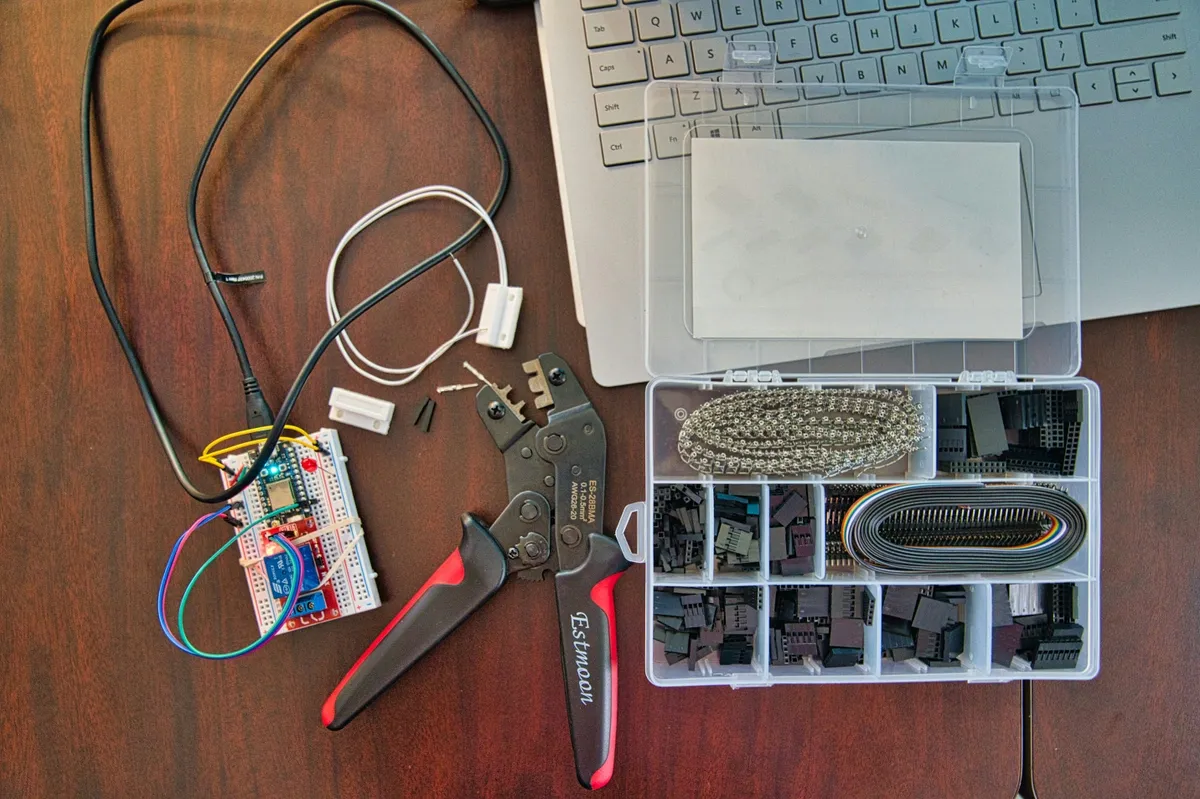
The Internet of Things (IoT) is revolutionizing how engineering firms monitor and maintain project sites, offering innovative solutions to enhance safety, efficiency, and decision-making. By leveraging IoT technologies such as sensors, real-time data collection, and predictive analytics, engineering firms can ensure optimal equipment management, environmental compliance, and site safety. This cutting-edge approach not only streamlines operations but also addresses common challenges, paving the way for more efficient and secure engineering project management.
Understanding the Internet of Things (IoT) in Engineering
The Internet of Things (IoT) is a transformative technology that connects a network of devices to exchange data and automate processes. In the context of engineering project sites, IoT encompasses various components such as sensors, connectivity, data processing, and user interfaces to gather and analyze information. These interconnected devices can include mechanical systems, digital machines, and consumer objects equipped with sensors and software to monitor and manage project sites (source).
Components of IoT
The architecture of IoT systems in engineering includes four primary categories:
- Application: This is how users interact with and utilize the data gathered from IoT devices.
- Embedded: These are the hardware components and custom software that collect and transmit essential data.
- Network & Connectivity: This involves the methods used to send data to the cloud.
- Cloud & Infrastructure: The cloud infrastructure and databases needed to process and store the data (source).
Benefits of IoT
Implementing IoT on engineering project sites offers numerous advantages. Enhanced monitoring capabilities allow for real-time data collection from various sensors, leading to improved decision-making and predictive maintenance. For example, sensors can monitor parameters like temperature, humidity, vibration, and equipment performance, enabling early detection of potential issues before they escalate into significant problems. Drones and other IoT devices can survey job sites, track progress, and identify safety hazards, resulting in improved site management and safety (source).
One of the most significant benefits of IoT is its role in predictive maintenance. By using data-collecting sensors, IoT systems can provide insights into the operating conditions of machinery and equipment. The collected data can be analyzed to predict potential failure risks and schedule timely maintenance, thus preventing costly downtime and optimizing resource allocation (source). Additionally, IoT helps engineering firms gain better insights into their fleet’s health, location, and performance, enhancing overall operational efficiency (source).
In summary, IoT is a powerful tool that helps engineering firms monitor and maintain project sites more effectively, ensuring safety, efficiency, and timely decision-making.
Applications of IoT in Engineering Project Sites
Site Safety
IoT devices play a crucial role in enhancing site safety on engineering project sites. Wearable technology, such as smart helmets and connected work boots, can monitor workers’ vital signs like heart rate and body temperature, alerting them when they are at risk of overexertion (source). Additionally, on-site sensors can detect potential hazards including toxic fumes or extreme temperatures, providing real-time alerts to prevent accidents. These safety measures help ensure a safer working environment, reducing the likelihood of workplace injuries and improving overall site safety.
Equipment Management
Effective equipment management is another significant application of IoT in engineering projects. IoT sensors can be attached to machinery and tools to track their location, usage, and condition in real time (source). This capability allows for efficient utilization of resources, minimizing time spent searching for misplaced equipment and reducing the need for replacements. Furthermore, IoT-enabled sensors can monitor the performance metrics of machinery, enabling predictive maintenance and reducing downtime (source). By maintaining equipment proactively, engineering firms can ensure that their projects run smoothly and efficiently.
Environmental Monitoring
Environmental monitoring is critical for compliance and safety on engineering project sites. IoT devices can be deployed to monitor environmental conditions such as temperature, humidity, and pollution levels. Sensors embedded in various locations can detect changes in these parameters and send alerts when they reach hazardous levels (source). This capability helps engineering firms comply with environmental regulations and maintain a safe working environment. Additionally, IoT sensors can provide valuable data for resource management, such as monitoring water levels in the soil, which is crucial for certain engineering projects (source).
In conclusion, the applications of IoT in enhancing site safety, managing equipment efficiently, and monitoring environmental conditions illustrate its transformative potential in engineering projects. By leveraging IoT technologies, engineering firms can significantly improve the safety, efficiency, and sustainability of their project sites.
Implementing IoT Solutions in Engineering Projects
Steps for Implementation
Implementing IoT solutions in engineering projects involves a structured approach to ensure that the technology aligns with the firm’s objectives. The initial step is to set clear business objectives, ensuring that the IoT project supports the overall goals of the firm (source). Following this, the team must research proven IoT use cases to identify the most suitable hardware and IoT tools for their specific needs.
The next crucial step is selecting an appropriate IoT platform and integrating it with existing systems. This requires careful planning and coordination among various departments to ensure seamless integration. Equally important is staff training, which ensures that employees are well-versed in using and maintaining the new technology. The implementation process is rounded off with prototyping and collecting data for analytics, providing valuable insights for future optimizations (source).
Challenges and Solutions
Despite its advantages, implementing IoT solutions comes with several challenges. One significant issue is data security. Due to their connectivity, IoT devices can be vulnerable to cyber-attacks. To mitigate this risk, firms should adopt low-power connectivity solutions with enhanced security technologies (source).
Another challenge is integrating IoT with existing systems. Compatibility issues can arise, making it essential for firms to choose IoT devices that are compatible with their current infrastructure and have robust integration capabilities (source). Addressing these challenges proactively can ensure a smoother implementation process and maximize the benefits of IoT technology.
Case Studies/Examples
Several real-world examples highlight the successful implementation of IoT solutions in engineering projects. In the construction industry, IoT is used to manage job sites and equipment, monitor safety, and enhance project management. For instance, IoT sensors can monitor parameters like temperature, humidity, and pressure, enabling managers to identify potential issues before they escalate (source).
Another notable case involves IoT in fleet management within construction companies. IoT devices help bring machines and non-powered equipment online, providing better insights into the fleet’s health, location, and performance. This proactive approach helps reduce machine breakdowns and project delays, ultimately saving costs (source).
By highlighting these case studies, it becomes evident that IoT can significantly enhance the monitoring and maintenance of engineering project sites. As Minute7 specializes in time tracking and expense reporting, integrating IoT data into their platform can provide more precise and comprehensive insights for project tracking. This integration can help Minute7’s customers streamline their operations and maximize project outcomes, ensuring safety, efficiency, and improved decision-making.
Maximizing Efficiency and Safety with IoT and Minute7
The transformative power of IoT in monitoring and maintaining engineering project sites cannot be overstated. Engineering firms that leverage IoT technologies can significantly enhance site safety, optimize equipment management, and ensure environmental compliance. By integrating sensors, real-time data collection, and predictive analytics, IoT provides a comprehensive solution to many of the challenges faced in managing complex engineering projects.
Minute7, with its robust platform for time tracking and expense reporting, complements the capabilities of IoT by offering seamless integration with QuickBooks and other accounting packages. This integration allows engineering firms to not only track real-time data from IoT devices but also link this information to project costs and timelines. By doing so, Minute7 helps firms streamline their budget reporting, payroll processes, and overall project management.
Moreover, the accessibility provided by Minute7’s web, iOS, and Android apps ensures that teams can monitor and report time and expenses from any location, further enhancing the efficiency of IoT implementations. With Minute7, engineering firms can gain valuable insights into project performance, improve decision-making, and maintain a high level of safety and compliance on their sites.
In conclusion, the combination of IoT technologies and Minute7’s comprehensive tracking solutions offers engineering firms an unparalleled opportunity to enhance their project site management. By adopting these innovative tools, firms can ensure that their projects are executed efficiently, safely, and within budget, ultimately driving better outcomes and greater success.



